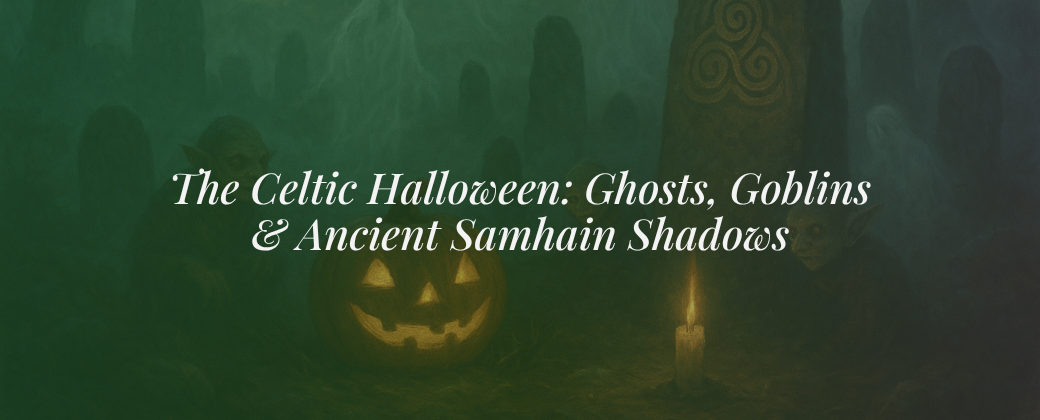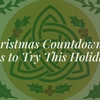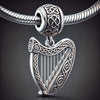The Celtic Halloween: Ghosts, Goblins & Ancient Samhain Shadows

A Night When Worlds Collide
Every October 31st, as darkness falls and cold air nips at our necks, the echoes of Samhain whisper through time. This ancient festival, celebrated by the Celts more than 2,000 years ago, wasn’t just about spooky fun it was about survival, spirituality, and the balance of light and dark.
For the Celts, Samhain (pronounced sow-in) marked the end of the harvest season and the beginning of winter a time of death, decay, and rest. They believed that on this night, the veil between the living and the spirit world grew dangerously thin. Ancestors could visit, and not all spirits came in peace.
 Bonfires blazed atop hills, both as offerings to the gods and as protective beacons. Families gathered around them, tossing grains, crops, or even animal bones into the flames to honor deities and ensure protection through the harsh winter ahead.
Bonfires blazed atop hills, both as offerings to the gods and as protective beacons. Families gathered around them, tossing grains, crops, or even animal bones into the flames to honor deities and ensure protection through the harsh winter ahead.
Ghosts, Goblins & Mischievous Spirits
In the Celtic world, spirits weren’t necessarily evil but they were unpredictable. Some might bless a home; others might play tricks or bring misfortune. To keep them happy (or at least uninterested), villagers left food and drink outside their doors, an early version of what we now call “trick or treat.”
 These wandering spirits evolved over centuries into the playful ghosts and goblins of Halloween folklore. The Celts believed that the dead, along with fairies and otherworldly beings, could slip into our realm when the boundary between life and death was at its weakest.
These wandering spirits evolved over centuries into the playful ghosts and goblins of Halloween folklore. The Celts believed that the dead, along with fairies and otherworldly beings, could slip into our realm when the boundary between life and death was at its weakest.
The idea of disguises also began here people wore animal skins and grotesque masks to confuse the spirits or to blend in among them. Sound familiar? Yup, it’s the ancient version of your modern Halloween costume.
Druidic Rituals and Sacred Fire
Central to Samhain celebrations were the druids, Celtic priests who acted as spiritual guides, healers, and diviners. On this mystical night, they performed elaborate rituals to honor nature’s cycles and communicate with unseen forces.
The druids would light sacred fires believed to possess cleansing powers. Villagers would extinguish their hearths at home and relight them from the central flame, symbolizing renewal and unity under divine protection.

Animals were sacrificed, prophecies were made, and the community came together in reverence and awe. Samhain wasn’t just about fear it was a celebration of transformation, of death feeding life, and endings giving way to beginnings.
The Transformation into Halloween
As centuries passed and Christianity spread across Europe, the Church sought to replace pagan festivals with Christian ones. Around the 9th century, All Saints’ Day (also known as All Hallows’ Day) was established on November 1st to honor saints and martyrs. The night before became known as All Hallows’ Eve, which gradually transformed into Halloween.
But old beliefs die hard. The traditions of lighting fires, leaving food for spirits, and dressing in costumes lingered blending with Christian practices to form the modern celebration we know today.
 Even the carved pumpkin has Celtic roots. Originally, the Celts carved turnips and placed candles inside to ward off evil spirits. When Irish immigrants brought the tradition to America, pumpkins larger and easier to carve took over.
Even the carved pumpkin has Celtic roots. Originally, the Celts carved turnips and placed candles inside to ward off evil spirits. When Irish immigrants brought the tradition to America, pumpkins larger and easier to carve took over.
Echoes of the Ancient Past
Though modern Halloween has morphed into candy, costumes, and haunted houses, its Celtic heartbeat still echoes in every flickering candle and playful scare. The spirit of Samhain that reverence for the unseen, the cyclical dance of life and death remains alive.

From the Celtic hills to your suburban porch, the essence of Halloween still honors that age-old belief: on one special night, the worlds of the living and the dead draw close enough to touch.
Frequently Asked Questions (FAQs)
1. What does “Samhain” mean?
Samhain translates to “summer’s end” in Old Irish and marks the beginning of winter in the Celtic calendar.
2. How did Samhain become Halloween?
As Christianity spread, Samhain blended with All Hallows’ Eve, evolving over centuries into the modern holiday we know today.
3. Did the Celts really believe in ghosts?
Yes, they believed that spirits and ancestors could return to Earth during Samhain when the veil between worlds was thin.
4. Why did they wear costumes?
Costumes were used to disguise oneself from mischievous or malevolent spirits roaming the land.
5. What foods were part of Samhain?
Traditional offerings included apples, nuts, grains, and turnips symbols of harvest and sustenance.
The Shadows Still Dance
So, next time you light a candle in your jack-o’-lantern or hear the rustle of leaves outside, remember you’re part of something ancient. The laughter of children trick-or-treating echoes the chants around Celtic fires. The glowing pumpkins mirror the light once kindled to guide spirits home.
Halloween isn’t just a night of fun; it’s a living story that began with the Celts and their reverence for the unknown. Their shadows still dance among us in flickering flames, in the whispering wind, and in the thrill of the night itself.





